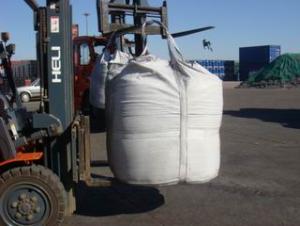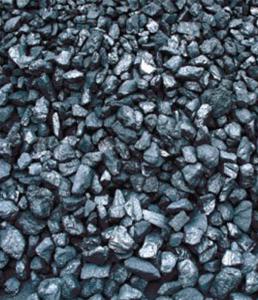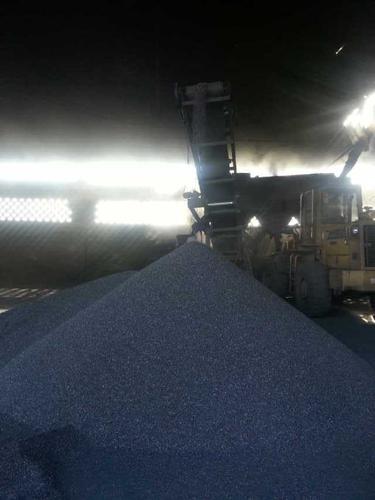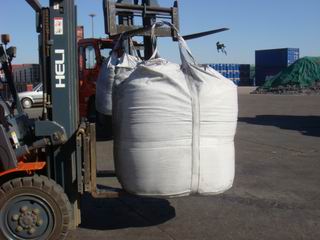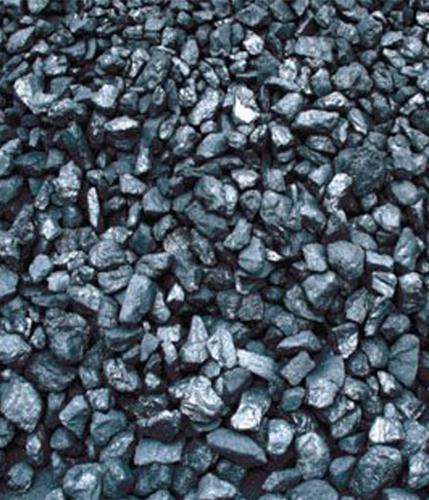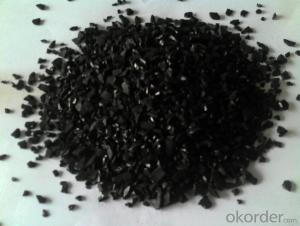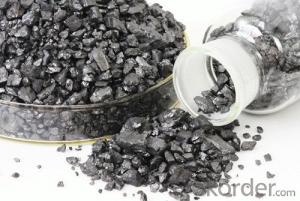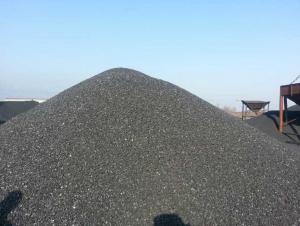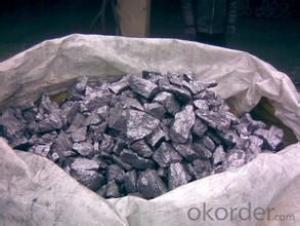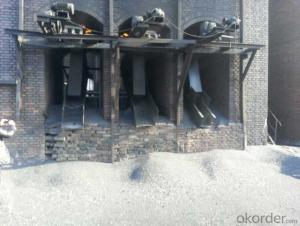Calcined Anthracite Coal FC 92 Reasonable Price
- Loading Port:
- China main port
- Payment Terms:
- TT OR LC
- Min Order Qty:
- 0 m.t.
- Supply Capability:
- 20000 m.t./month
OKorder Service Pledge
Quality Product, Order Online Tracking, Timely Delivery
OKorder Financial Service
Credit Rating, Credit Services, Credit Purchasing
You Might Also Like
Product Description
Calcined Anthracite coal is produced using the best Anthracite-Taixi Anthracite with low S and P, It is widely used in steel making and casting.
Features
Calcined Anthracite Coal
Fixed carbon: 90%-95%
S: 0.5% max
Size: 0-3. 3-5.3-15 or as request
Specification
PARAMETER UNIT GUARANTEE VALUE | |||||
F.C.% | 95MIN | 94MIN | 93MIN | 92MIN | 90MIN |
ASH % | 4MAX | 5MAX | 6MAX | 7MAX | 8MAX |
V.M.% | 1 MAX | 1MAX | 1.5MAX | 1.5MAX | 1.5MAX |
SULFUR % | 0.5MAX | 0.5MAX | 0.5MAX | 0.5MAX | 0.5MAX |
MOISTURE % | 0.5MAX | 0.5MAX | 0.5MAX | 0.5MAX | 0.5MAX |
Size can be adjusted based on buyer's request
Pictures


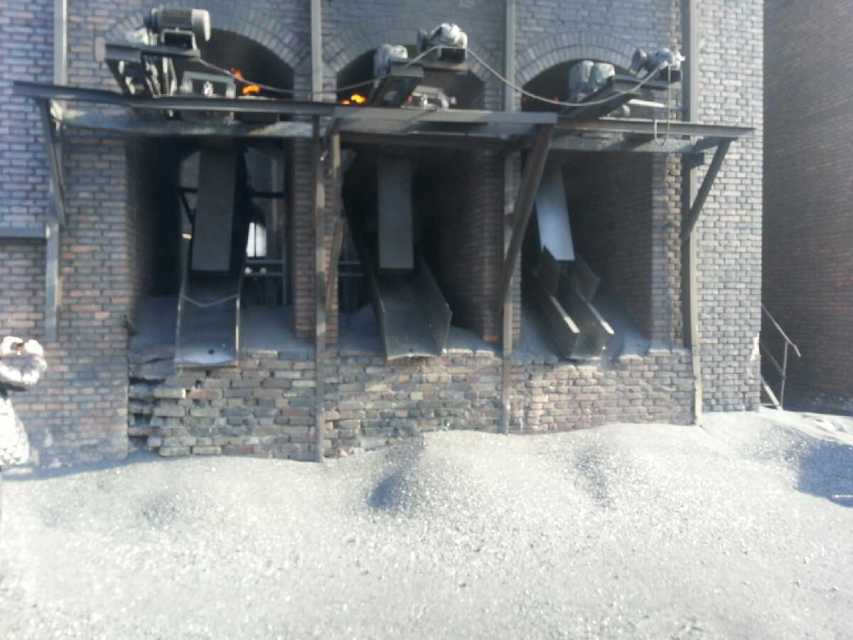
- Q: What are the impacts of carbon emissions on the stability of wetlands?
- Carbon emissions have significant impacts on the stability of wetlands, which are highly sensitive ecosystems. One of the main consequences of carbon emissions is the increase in greenhouse gases, particularly carbon dioxide, in the atmosphere. This leads to global climate change and subsequent alterations in weather patterns, temperature, and precipitation. These changes in climate have direct and indirect effects on wetlands. Firstly, rising temperatures can accelerate the rate of evaporation, leading to a decrease in water levels within wetlands. This can lead to the drying out of wetland habitats, disrupting the delicate balance of species that rely on these areas for survival. As wetlands dry up, the plants and animals that depend on them for food, shelter, and breeding grounds are threatened. Additionally, increased carbon emissions contribute to sea-level rise, which poses a significant threat to coastal wetlands. Rising sea levels can cause saltwater intrusion into freshwater wetlands, leading to salinization of the soil and negatively impacting the vegetation and organisms that inhabit these areas. This intrusion also disrupts the delicate balance between freshwater and saltwater, affecting the diverse ecological functions provided by wetlands, such as water filtration, nutrient cycling, and flood control. Furthermore, carbon emissions contribute to the acidification of water bodies, including wetlands. The absorption of excess carbon dioxide by water leads to a decrease in pH levels, making the water more acidic. Acidic water can harm the plants, animals, and microorganisms in wetlands, affecting their growth, reproduction, and overall survival. This disruption in the wetland ecosystem can have cascading effects on the entire food web and biodiversity of these areas. Overall, carbon emissions have a profound impact on the stability of wetlands. The alteration of climate patterns, sea-level rise, and acidification of water bodies are all consequences of carbon emissions that threaten the delicate balance and ecological functions of wetlands. Recognizing the importance of wetlands and effectively mitigating carbon emissions is crucial for preserving these vital ecosystems and the myriad of benefits they provide, including flood mitigation, water purification, and habitat for numerous plant and animal species.
- Q: Is graphite carbon?
- Chemically, it belongs to carbonWhen these carbon atoms connect with each other to form a single substance, they have different ways. They are arranged in eight planes. The net shape is the diamond, which is arranged in a regular hexagon and a layer, and then graphite is formedDiamond and graphite are carbon elements
- Q: How do carbon emissions contribute to extreme weather events?
- Carbon emissions contribute to extreme weather events through the process of climate change. When carbon dioxide and other greenhouse gases are released into the atmosphere, they trap heat from the sun and cause the Earth's average temperature to rise. This phenomenon, known as global warming, is largely driven by human activities such as burning fossil fuels for energy, deforestation, and industrial processes. As the planet warms, it disrupts the delicate balance of weather patterns, leading to an increase in extreme weather events. Here are a few ways carbon emissions contribute to these events: 1. Heatwaves: Increased carbon emissions lead to higher temperatures, which in turn increase the frequency and intensity of heatwaves. This can result in prolonged periods of extreme heat, posing risks to human health, agriculture, and ecosystems. 2. Hurricanes and tropical storms: Warmer ocean temperatures caused by carbon emissions provide more energy to fuel hurricanes and tropical storms. This leads to more intense storms with higher wind speeds and heavier rainfall, resulting in increased destruction and flooding. 3. Droughts: Climate change caused by carbon emissions can alter precipitation patterns, resulting in decreased rainfall and increased droughts in certain regions. These prolonged periods of water scarcity can have severe impacts on agriculture, water supplies, and ecosystems. 4. Heavy rainfall and flooding: Global warming intensifies the water cycle, causing more evaporation and moisture in the atmosphere. This leads to heavier rainfall events when precipitation does occur, increasing the risk of flooding and flash floods. 5. Wildfires: Rising temperatures and drier conditions due to climate change create favorable conditions for wildfires. Increased carbon emissions contribute to the length and severity of fire seasons, causing more extensive and destructive wildfires. It is important to note that while carbon emissions contribute to extreme weather events, they are not the sole cause. Other natural climate variability factors, such as El Niño and La Niña, can also influence extreme weather. However, by reducing carbon emissions and transitioning to cleaner energy sources, we can mitigate the impacts of climate change and help prevent further exacerbation of extreme weather events.
- Q: What is carbon black filler?
- Carbon black filler, a commonly utilized additive in the production of rubber and plastic products, is derived from the incomplete combustion of hydrocarbons, such as oil or natural gas. It takes the form of a fine, powdery substance and is primarily composed of elemental carbon, with trace amounts of hydrogen, oxygen, and sulfur. The primary objective of incorporating carbon black filler is to enhance the physical characteristics of rubber and plastic materials. Its addition improves the strength, durability, and wear resistance of the final product. Furthermore, carbon black filler increases the material's stiffness and hardness, making it suitable for various applications. Beyond its mechanical properties, carbon black filler offers additional advantages. It acts as a reinforcing agent, augmenting the tensile strength and tear resistance of rubber compounds. Additionally, it heightens the material's electrical conductivity, proving valuable in scenarios where static electricity dissipation is necessary. Moreover, carbon black filler safeguards the material against the detrimental effects of UV radiation and ozone. It serves as a UV stabilizer and antioxidant, preventing degradation and extending the product's lifespan. Furthermore, carbon black filler enhances the thermal conductivity of rubber and plastic materials, facilitating heat dissipation. Overall, carbon black filler is a versatile and extensively employed additive in the manufacturing industry. Its distinctive attributes render it an indispensable component in the production of various rubber and plastic products, including tires, conveyor belts, hoses, gaskets, among others.
- Q: What's the difference between blue and red Panasonic batteries (carbon)?
- Blue is leak, proof, general, Purpose, general use battery (leak proof)Red is the long life long life battery (suitable for watches and clocks and other small power appliances)And heavy duty green seems to be good for high power appliances, such as toy cars
- Q: What kind of industry does high-performance carbon fiber belong to?
- High performance carbon fiber is used in many industries, such as automobiles, bicycles, and even the aviation industry.. If you look at the industry type, many industries have high-performance carbon fiber figure, if divided by the industry attributes, should belong to the emerging industry, the future potential of the industry
- Q: What is carbon capture and storage?
- The aim of carbon capture and storage (CCS) technology is to lessen carbon dioxide (CO2) emissions from major sources like industrial processes, power plants, and others. It works by capturing CO2 emissions before they are released into the atmosphere and then storing them securely underground. To capture carbon, specialized equipment is typically used to trap CO2 from flue gases or industrial processes. The captured CO2 is then compressed and transported through pipelines or ships to a suitable storage site located deep underground. These storage sites can include depleted oil and gas fields, saline aquifers, or deep coal seams. The storage process ensures long-term containment of CO2 and reduces the risk of leakage. This is achieved by monitoring the storage site for signs of leakage, maintaining the integrity of the storage infrastructure, and selecting suitable sites with geological features that aid in long-term CO2 containment. Carbon capture and storage has the potential to greatly reduce CO2 emissions and contribute to climate change mitigation. By capturing and storing CO2 instead of releasing it into the atmosphere, industries can continue using fossil fuels while minimizing their environmental impact. This is particularly beneficial for industries that are challenging to decarbonize, such as cement production, steel manufacturing, and natural gas power plants. Despite its promise, the widespread implementation of carbon capture and storage faces challenges and limitations. One significant challenge is the high cost associated with establishing CCS infrastructure and operations. Additionally, finding suitable storage sites and addressing public concerns about the safety and environmental impact of underground CO2 injection can pose significant obstacles. Nevertheless, carbon capture and storage is considered an essential tool in the battle against climate change. It can play a crucial role in achieving global emission reduction goals and transitioning to a low-carbon economy. With advancing technology and decreasing costs, the widespread adoption of carbon capture and storage may become increasingly feasible and necessary.
- Q: What is carbon black rubber?
- Carbon black rubber, which incorporates carbon black as an additive, is a variant of rubber. Carbon black, a finely divided form of carbon generated from the incomplete combustion of hydrocarbon fuels, is utilized in rubber compounds to enhance their mechanical characteristics, including tensile strength, abrasion resistance, and resilience. Within the rubber matrix, the carbon black particles are evenly dispersed, serving to reinforce the material and amplify its durability and performance. Carbon black rubber finds extensive application in the manufacturing of tires, conveyor belts, gaskets, seals, as well as a range of automotive and industrial rubber goods.
- Q: How does carbon impact the global water cycle?
- Carbon can have a significant impact on the global water cycle through various processes. One major way carbon affects the water cycle is through the process of photosynthesis. Plants and trees take in carbon dioxide from the atmosphere during photosynthesis and convert it into oxygen and glucose. This process not only helps in the carbon cycle but also plays a crucial role in the water cycle. During photosynthesis, plants release water vapor into the atmosphere through tiny pores called stomata. This water vapor contributes to the overall humidity in the atmosphere, leading to an increase in cloud formation. Clouds, in turn, play a crucial role in the water cycle as they contain condensed water droplets that eventually fall as precipitation. Additionally, carbon dioxide is a greenhouse gas that contributes to global warming and climate change. As the Earth's temperature rises due to increased levels of carbon dioxide, the water cycle is also affected. Warmer temperatures can lead to increased evaporation rates, causing more water to evaporate from oceans, rivers, and lakes. This excess moisture in the atmosphere can result in more intense rainfall events, leading to floods and other extreme weather events. Furthermore, carbon dioxide can impact the acidity of water bodies. When carbon dioxide dissolves in water, it forms carbonic acid, which can lower the pH of the water. This process, known as ocean acidification, can have detrimental effects on marine life, particularly organisms that rely on calcium carbonate for their shells and skeletons. These impacts can disrupt the balance of ecosystems and have long-term consequences for the health and functioning of the global water cycle. In summary, carbon has a profound impact on the global water cycle through processes such as photosynthesis, greenhouse gas emissions, and ocean acidification. Understanding these interactions is crucial for managing the effects of carbon on the environment and ensuring the sustainability of the water cycle.
- Q: What is sintered carbon?
- The process of choosing appropriate process and operating systems in accordance with the internal laws of the sintering process, the use of modern scientific and technological achievements, strengthening sintering production process, to obtain advanced technical and economic indicators, to ensure the realization of high yield, high quality and low consumption. The production process has the raw materials, against the ash, mixing, crushing and screening, crushing and screening solvent fuel proportioning, mixing, ignition, exhaust ventilation cooling, sintering, crushing and screening, dust and other aspects.
Send your message to us
Calcined Anthracite Coal FC 92 Reasonable Price
- Loading Port:
- China main port
- Payment Terms:
- TT OR LC
- Min Order Qty:
- 0 m.t.
- Supply Capability:
- 20000 m.t./month
OKorder Service Pledge
Quality Product, Order Online Tracking, Timely Delivery
OKorder Financial Service
Credit Rating, Credit Services, Credit Purchasing
Similar products
Hot products
Hot Searches

